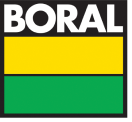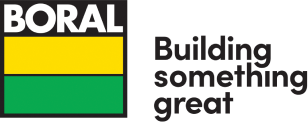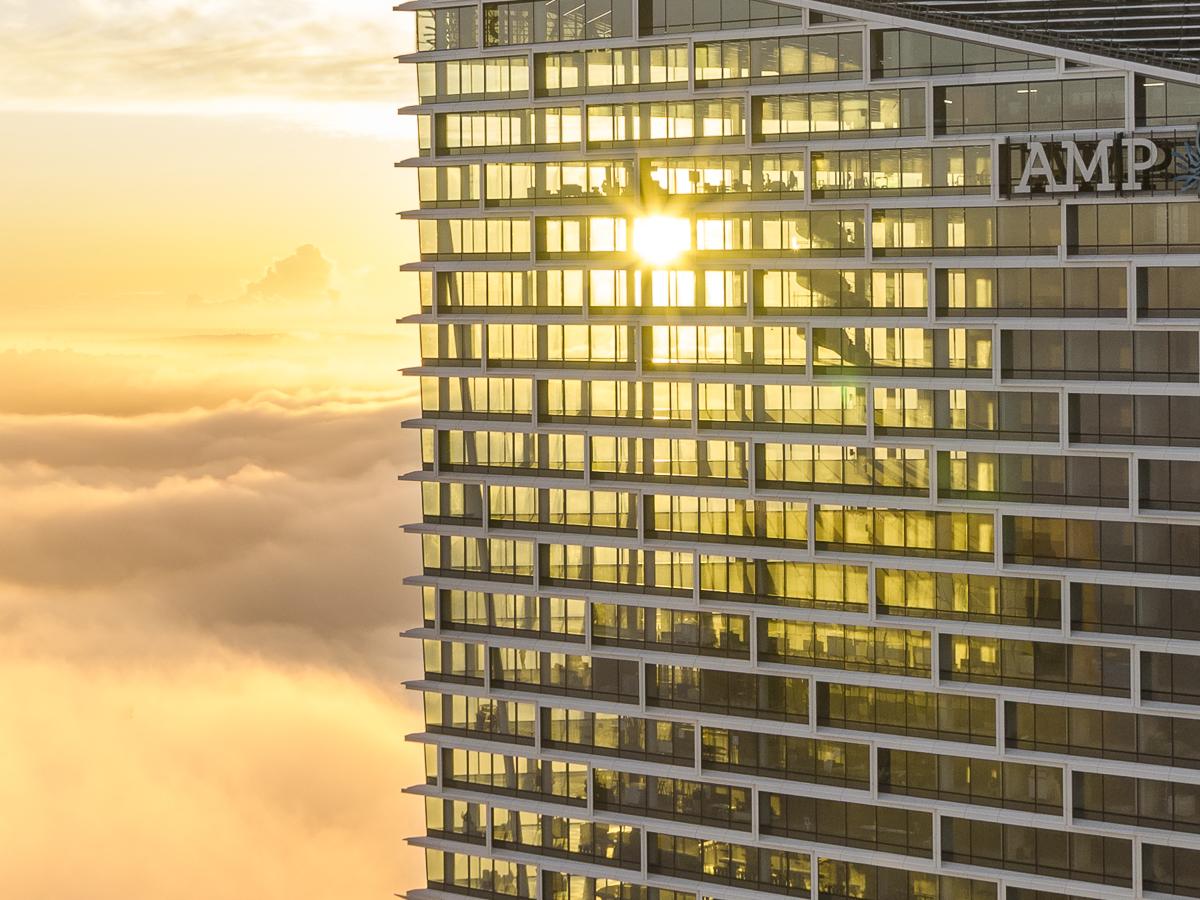In the race to build a more sustainable future, the construction industry is undergoing a quiet revolution - and green concrete is at the heart of it. As one of the most widely used materials on Earth, concrete has long been essential to modern infrastructure. But its environmental cost has prompted a new wave of innovation aimed at reducing its carbon footprint.
The Problem with Traditional Concrete
Concrete is responsible for around 8% of global CO₂ emissions, largely due to the production of Portland cement, its primary binding agent. Cement manufacturing is energy-intensive and releases carbon dioxide both from fuel combustion and the chemical process of calcination.
With urbanisation on the rise, the demand for concrete isn’t slowing down. That’s where green concrete comes in.
What Makes Concrete “Green”?
Green concrete - also known as eco-concrete or sustainable concrete - is engineered to reduce the environmental impact of construction without sacrificing strength or durability. It achieves this through a combination of:
- Lower-carbon binders: Replacing a portion of Portland cement with industrial by-products like fly ash, slag, or calcined clay.
- Recycled materials: Incorporating recycled aggregates or crushed concrete to reduce the need for virgin resources.
- Efficient mix design: Optimising the ratio of materials to reduce waste and improve performance.
- Carbon capture technologies: Some advanced mixes even absorb CO₂ during curing, locking it into the concrete permanently.
Green Concrete in Action
In Australia, Boral is leading the charge with its range of low carbon concrete products. These mixes are already being used in major infrastructure and commercial projects, proving that green concrete is not just a concept - it’s a practical, scalable solution.
For example, Boral’s ENVIROCRETE® concrete is currently being used to build Queensland's new tallest tower, Cypress Palms in Surfers Paradise, while ENVISIA® was famously used on the "World Building of the Year", Quay Quarter Tower. Boral's low carbon concrete is suitable for high-performance applications, offering reduced shrinkage, high early strength, and up to 70% lower embodied carbon compared to conventional mixes.
Why It Matters
The shift to green concrete is more than just an environmental gesture - it’s a strategic move for future-proofing the built environment. With governments introducing stricter emissions targets and green building certifications becoming the norm, choosing eco-concrete can help developers meet compliance while enhancing their sustainability credentials.
Looking Ahead
As research continues and technologies evolve, the potential for green concrete is enormous. From carbon-negative formulations to AI-optimised mix designs, the future of concrete is not just stronger - it’s smarter and cleaner.


